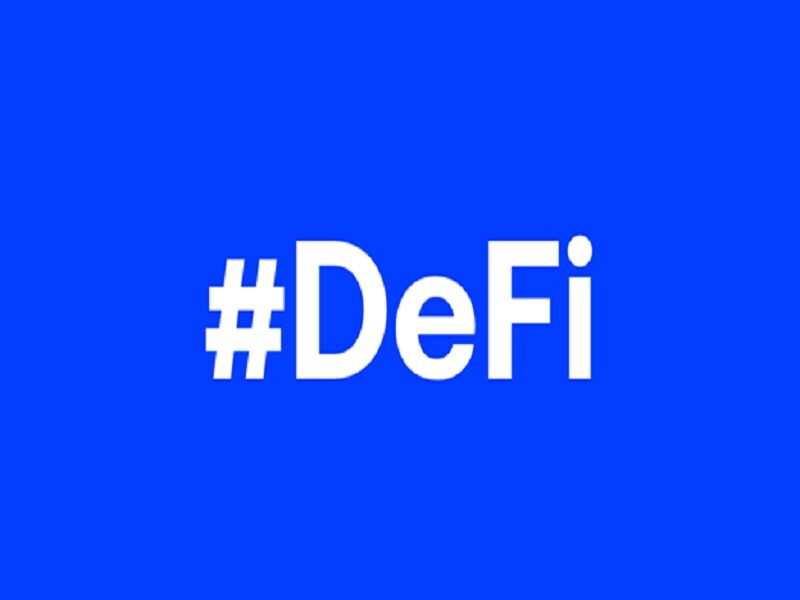
Staking, Swapping, Farming: All you need to know about DeFi concepts
A Sneak peek into the future of finance with DeFi - an exciting new concept that has swept the globe with applications like Staking, Swapping and Farming
 What is it about a decentralized future that makes the concept so appealing? Crypto offers us a future where money and commerce can move inhibited. But how does the world really change if you remove central authorities?
What is it about a decentralized future that makes the concept so appealing? Crypto offers us a future where money and commerce can move inhibited. But how does the world really change if you remove central authorities?
To appreciate the scale of what’s in store for us, it’s best to understand how the several popular applications of Decentralized Finance (DeFi) operate and reinvent user experience.
Again - decentralized Finance (DeFi) is an emerging financial technology that promises to eliminate intermediaries in financial transactions. Having opened up multiple income streams for investors, DeFi is essentially financial services that run on public blockchains. DeFi tokens can be used to earn interest, borrow, lend, or simply trade as speculative crypto investments.
The DeFi sector has seen phenomenal growth since mid-2020. In the same way artificial intelligence and machine learning are revolutionizing the wealth management industry, DeFi is revolutionizing banking and financial services. The fact that it eliminates the need for financial bureaucracy accounts for a big part of its expansion. Because of DeFi's flexibility, it is effectively permissionless and can support third-party integrations more readily. Thanks to blockchain, everything is more transparent and traceable as well.
Another appealing feature is the concept of composability, which allows anyone to combine existing DeFi offerings to create a new one. The scalability of such a network implies that future innovations in the finance world may be readily built on top of it and connected, all under the command of smart contracts.
Although the sector is still in its nascent stages, DeFi has proved to the world that decentralizing financial services at scale is doable. With the advent of DeFi, several DeFi concepts that are transforming the financial landscape have also emerged. Some of the most prominent of these include DeFi staking, DeFi swapping, and DeFi farming. Let us look at these concepts in detail.




